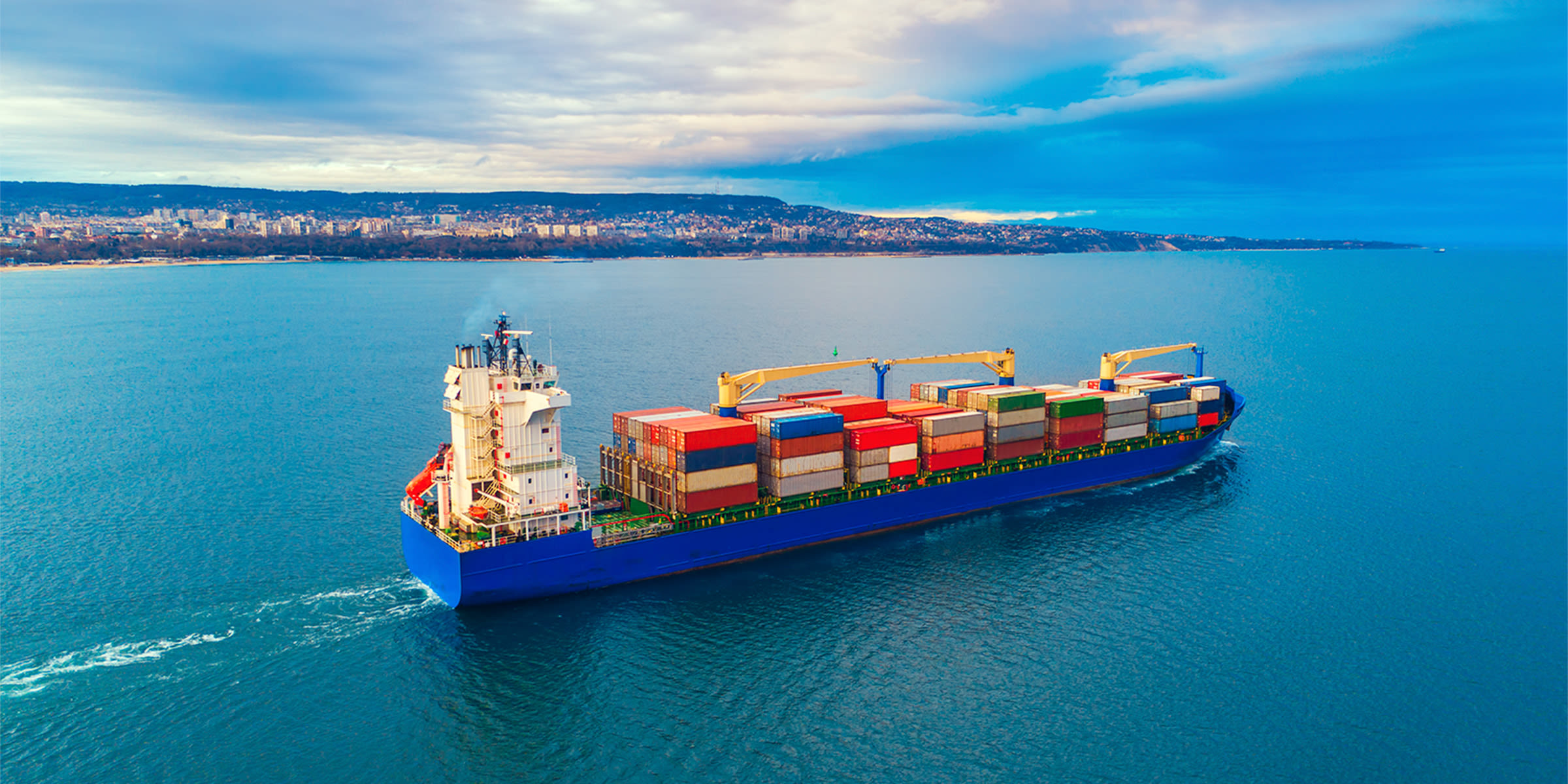
August 31, 2022
Supply Chain Visibility - The State of Trade

Governments want to know more and more about how and where products are made. Are companies ready to answer all these questions about their supply chains? Flexport’s State of Trade Webinar on August 24, 2022 covered the current and future state of supply chain visibility in product sourcing. The discussion outlined how increasing supply chain complexity, government regulatory demands, and exogenous shocks like the pandemic have made visibility more important than ever.
Necessary, but Tough - Why Visibility Matters
Historically, supply chain visibility was a simple matter. In the early-1900s the apparel industry had tailors, yarn-makers and cotton farmers all within easy, geographic reach of each other. Personal relationships ensured trust and information flows.
Recent events have underscored how much more challenging supply chains have become. The pandemic stressed supply chains with sick workers and rapidly shifting demand patterns. Around half of respondents to a poll during the webinar cited the pandemic as driving a need for improving supply chain visibility. The conflict in Ukraine showed how interference with the provision of key materials can result in elevated costs and risk of sanctions.
Tracking exposure to such challenges via supply chain visibility is far from simple. Today, most firms only have full visibility on their Tier 1 suppliers and customers, with little visibility upstream beyond that level.
Challenges to achieving visibility include:
- Tier 1 supplies may not want to provide transparent information about their supply chain for competitive or commercial reasons. In some countries there are strict prohibitions about sharing upstream supply chain data. Around one-third of respondents to another poll, also held during the webinar, indicated this as a challenge.
- Knowledge of what to track, how to track it and the expense of data-gathering and analysis were cited as challenges by about half of poll respondents.
- Globalization has resulted in more distributor-suppliers who don’t have or can't provide information on their own supply chain. Industries that are more heavily vertically integrated—for example aerospace—are less prone to this challenge. Data access has been a problem. Manual audits and questionnaires of supply chains have made data expensive to gather. That’s a particular problem for lengthy supply chains with diversified (i.e. multiple) suppliers for specific components. Maintaining accurate data over time, rather than on just a snap-shot basis, exacerbates the problem.
Greenery, Slavery, Security - Government Visibility Requirements
Governments already make widespread demands for supply chain information from corporations:
- Rules of Origin: In order to benefit from preferential tariff terms, firms have to meet Country of Origin Labeling (COOL) and Regional Value Content (RVC) statements. These often require knowledge of Tier 1 and Tier 2 supplier characteristics. While initially simple in sectors such as apparel, they can become exponentially more difficult for complex products like computers and cars.
- Industrial Policy: Government subsidies and other forms of support often require a high degree of local content. The recently passed Inflation Reduction Act (for renewables) and CHIPS Act (for semiconductors) in the U.S. are examples that require deep supply chain knowledge.
- Safety Protocols: Meeting food and consumer product safety regulations require a full understanding of product sourcing.
- National Security: CTPAT and AEO requirements are well established. More recently export controls, particularly in relation to dual-use technologies as well as sanctions, have become more widely used. These require both upstream (supplier) and downstream (customer) knowledge.
It’s not immediately clear that governments have an understanding of, or indeed a desire to enumerate, the cost burdens that such regulations cause for corporations. Governments have tended to overestimate, (a) what companies know, (b) what they can find out economically, and (c) what they are willing to share.
The regulatory requirements for submissions that require deep supply chain knowledge appear set to expand further based on recent legislation:
- The EU Carbon Border Adjustment Mechanism rules act as an effective regulation on firms’ global greenhouse gas emissions. The initial set of simple, commodity-focused products is being extended to more complex, manufactured goods.
- Forced labor regulations have been passed or extended in the U.K., the Netherlands, Germany, Australia and the United States among others.
Additionally, the rise of anti-trade stances in politics are leading many new rules to become mandatory rather than optional.
More Needs, More Tools - The Road Ahead
The number of reasons why governments want data, the number of datapoints they want, and the complexity of the data being required all look set to expand.
So what can companies do? There are at least four options that are readily available:
- Build in visibility from the ground up for new products, rejecting potential suppliers that refuse to provide transparency. For existing products a similar process can be followed at supplier contract renewal.
- Altana’s Amy Morgan suggested building dynamic models, which are updated over time, with the ability to use additional data sets over time. Combining disparate sources of data can provide more complete models. The use of technologies such as network graph analysis and other AI-based pattern recognition tools is increasingly important.
- Use a single, real-time source of truth to meet multiple output requirements, including factors such as customs compliance, credit risk assessment or resilience planning. Nearly two-thirds of respondents to another in the series of webinar polls stated they want to find tools to map supply chains and deliver compliance objectives simultaneously.
- The imperatives resulting in increased information-gathering loads could drive changes in supply chain behaviors. That could stem either from the result of answers that come from the analysis (e.g. finding bad actors or embedded point-failure risks), or simply because suppliers won’t give the answers required.
In conclusion: Governmental and commercial demands for supply chain visibility have increased rapidly in recent years, a trend that may well accelerate. Companies have options from supply chain reorganization to new data technologies to help them meet these visibility demands.
Disclaimer: The contents of this report are made available for informational purposes only and should not be relied upon for any legal, business, or financial decisions. Flexport does not guarantee, represent, or warrant any of the contents of this report because they are based on our current beliefs, expectations, and assumptions, about which there can be no assurance due to various anticipated and unanticipated events that may occur. This report has been prepared to the best of our knowledge and research; however, the information presented herein may not reflect the most current regulatory or industry developments. Neither Flexport nor its advisors or affiliates shall be liable for any losses that arise in any way due to the reliance on the contents contained in this report.
About the Author







